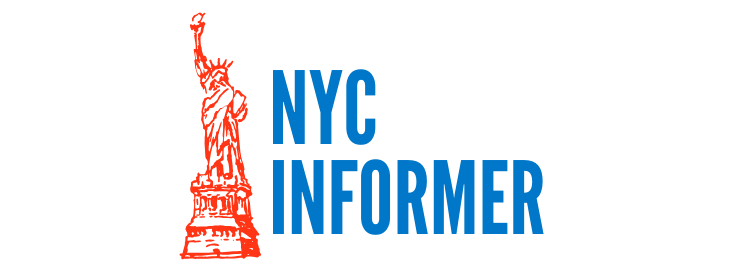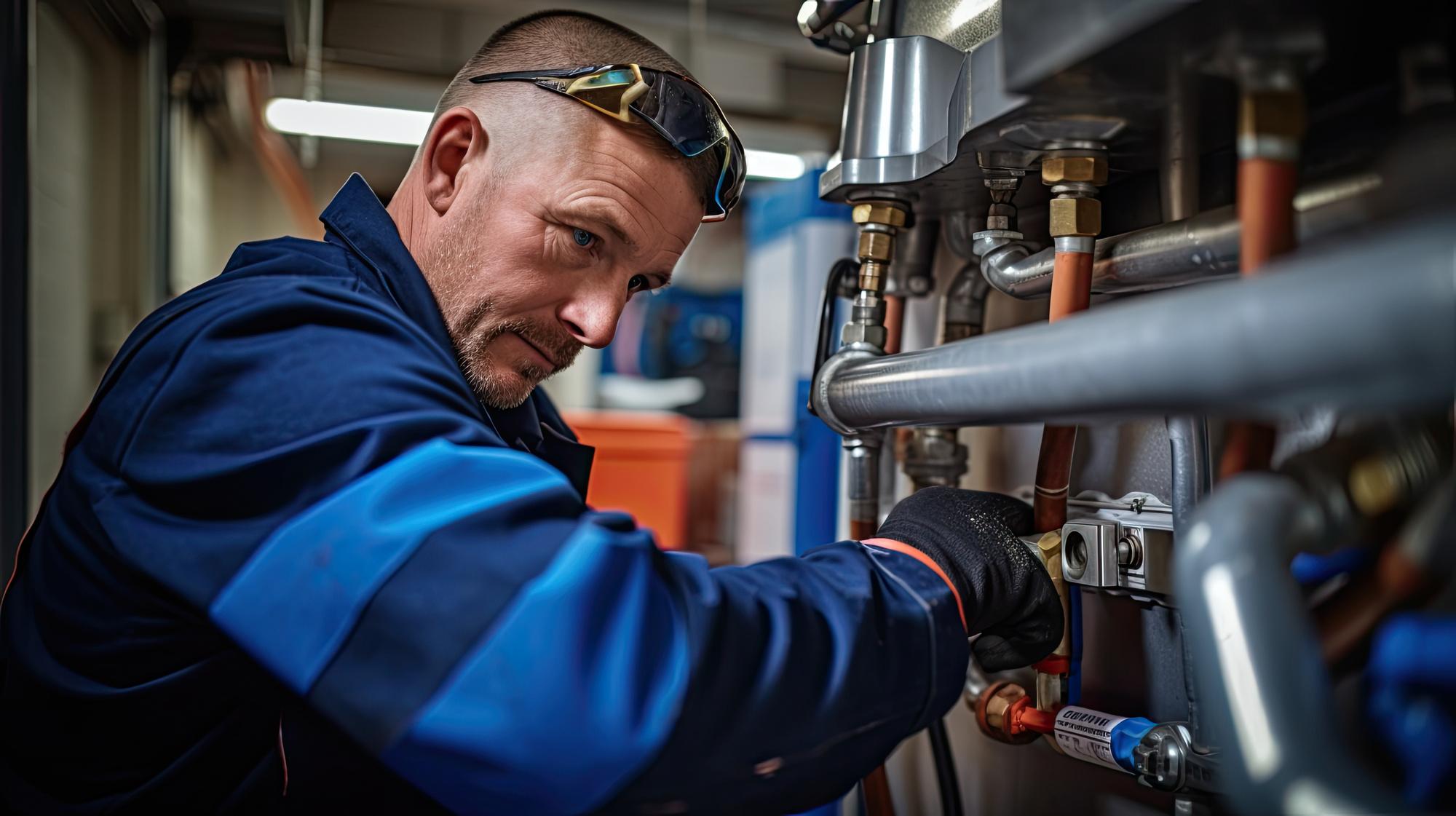Commercial buildings serve as the backbone of businesses, providing a secure and functional space for operations. However, the safety and integrity of these structures may not always be obvious. Hidden dangers can lurk within, posing significant risks to occupants, assets, and the building’s longevity.
Identifying and mitigating these risks is crucial for the well-being of daily occupants and visitors. This responsibility often falls on comprehensive assessments such as inspections, which delve deep into the building’s structure and systems to ensure safety and compliance with regulations.
Read on to learn the hidden dangers in commercial buildings.
Understanding The Importance Of Regular Inspections
The significance of routine inspections for commercial buildings can’t be overstated, as these evaluations play a pivotal role in revealing hidden risks that might go unnoticed without professional scrutiny. By conducting these comprehensive assessments, experts examine many critical components. These include the building’s foundational strength, the functionality and safety of electrical installations, the integrity of plumbing networks, and the efficiency of heating, ventilation, and air conditioning systems. This meticulous approach aids in pinpointing any deficiencies or potential threats that could compromise safety or lead to costly damage.
Consequently, property owners can address these findings and proactively mitigate risks. This safeguards the well-being of those who frequent these spaces and contributes to maintaining and potentially enhancing the property’s market value, ensuring a safe and secure environment for all. Hence, for those wanting to ensure the safety of their buildings, it’s best to work with professionals and complete a commercial property inspections checklist to ensure a favorable outcome.
The Hidden Dangers In Commercial Buildings
Commercial buildings may harbor unseen hazards that threaten safety and integrity. Unveiling these hidden threats is crucial for the well-being of occupants and the preservation of these structures, highlighting the need for vigilance and regular inspections to ensure a secure and reliable environment.
Below are the hidden dangers in commercial buildings:
Structural Vulnerabilities
The integrity of a commercial building’s structure is paramount, but this is also where hidden vulnerabilities can have dire consequences. For instance, issues like foundation cracks may seem minor but indicate potential structural failure. Similarly, the corrosion of steel elements and rot in wooden structures can compromise the building’s ability to bear loads, making them susceptible to sudden collapses. These problems develop silently over the years, eluding detection without expert inspection.
Professional inspectors are trained to spot these subtle signs of structural distress, using their knowledge to recommend corrective actions. These measures can help rectify current issues and fortify the building against adverse weather conditions and daily wear, ensuring longevity and safety.
Electrical Hazards
The electrical infrastructure of commercial buildings is complex and demands thorough maintenance to prevent hazards. Issues such as faulty wiring, circuit overload, and outdated electrical panels are not merely operational issues but serious safety concerns. These defects can lead to overheating, sparks, and ultimately, fires, endangering lives and property. Regular professional inspections are crucial to navigating these systems’ complexities, ensuring they adhere to current safety standards.
By meticulously evaluating every component, inspectors ensure the electrical system’s efficiency and safety, thus reducing the risk of electrical fires.
Fire Safety Concerns
In the confined spaces of commercial buildings, a small fire can quickly become a major threat to life and property. This makes fire safety measures non-negotiable, requiring stringent adherence to codes and standards. Regular inspections play a critical role in examining the efficacy of alarms, the readiness of sprinkler systems, the availability and accessibility of extinguishers, and the clarity of escape routes. These elements must be well-maintained and meet regulatory standards to ensure an effective response in case of a fire.
Inspectors assess these components with a meticulous eye, ensuring that in the face of fire, the building’s defenses are proactive, not just reactive, thereby minimizing potential damage and ensuring the safety of its occupants.
Air Quality And Environmental Hazards
Maintaining optimal indoor air quality within commercial buildings is a significant health imperative. Factors such as inadequate ventilation can lead to the accumulation of pollutants, while mold proliferation in damp areas can trigger allergic reactions and respiratory issues among occupants.

Moreover, materials like asbestos, once commonly used in construction, pose severe health risks if disturbed. Professional inspectors play a vital role in mitigating these risks by thoroughly assessing HVAC systems for efficiency and potential contaminant spread. They also actively search for environmental hazards, employing their expertise to recommend effective strategies for air quality improvement. This includes advising on the safe removal of hazardous substances and suggesting ventilation enhancements to ensure a healthier and safer indoor environment for all building users.
Plumbing And Water Damage
The plumbing network of a commercial building is its lifeline, yet it’s also a potential source of significant issues if not properly maintained. Water damage, stemming from leaks or burst pipes, can compromise the structural integrity of a building, leading to costly repairs. Furthermore, persistent dampness creates a conducive environment for mold, posing health risks and deteriorating air quality.
Regular inspections are essential to identify hidden leaks and assess the plumbing infrastructure’s condition, ensuring its efficient and reliable operation. Inspectors also verify that drainage systems are functioning correctly, preventing water accumulation that could lead to damage.
By addressing these concerns proactively, inspections can help avert extensive water damage, safeguard the building’s structure and ensure a healthy environment for its occupants.
Compliance With Regulations
Ensuring compliance with the myriad regulations governing commercial buildings is a complex yet critical task. Local, state, and federal laws set strict standards for construction’s structural and safety aspects, accessibility for individuals with disabilities, and environmental regulations.
Regular professional inspections serve as a crucial mechanism in this compliance landscape. They provide an authoritative assessment of a building’s adherence to these multifaceted legal requirements, offering property owners the guidance needed to rectify potential violations. This proactive approach reduces the risk of financial penalties and legal issues, emphasizing the commitment to safe, accessible, and compliant facilities.
Conclusion
By keeping the information mentioned in mind, property owners will understand that the hidden dangers in commercial buildings can pose serious risks. Still, through regular and comprehensive inspections, these hazards can be identified and mitigated. Property owners are encouraged to invest in regular inspections to protect their assets, ensure occupant safety, and comply with regulatory requirements.

Born and raised amidst the hustle and bustle of the Big Apple, I’ve witnessed the city’s many exciting phases. When I’m not exploring the city or penning down my thoughts, you can find me sipping on a cup of coffee at my favorite local café, playing chess or planning my next trip. For the last twelve years, I’ve been living in South Williamsburg with my partner Berenike.

